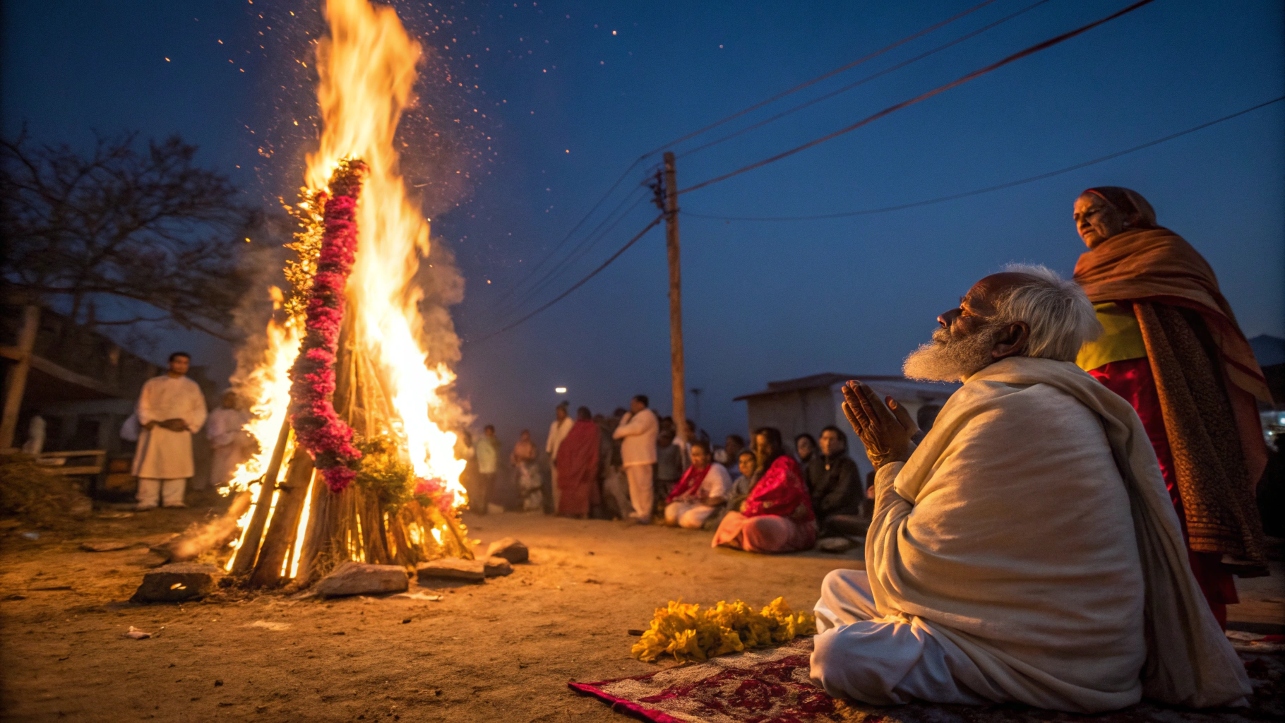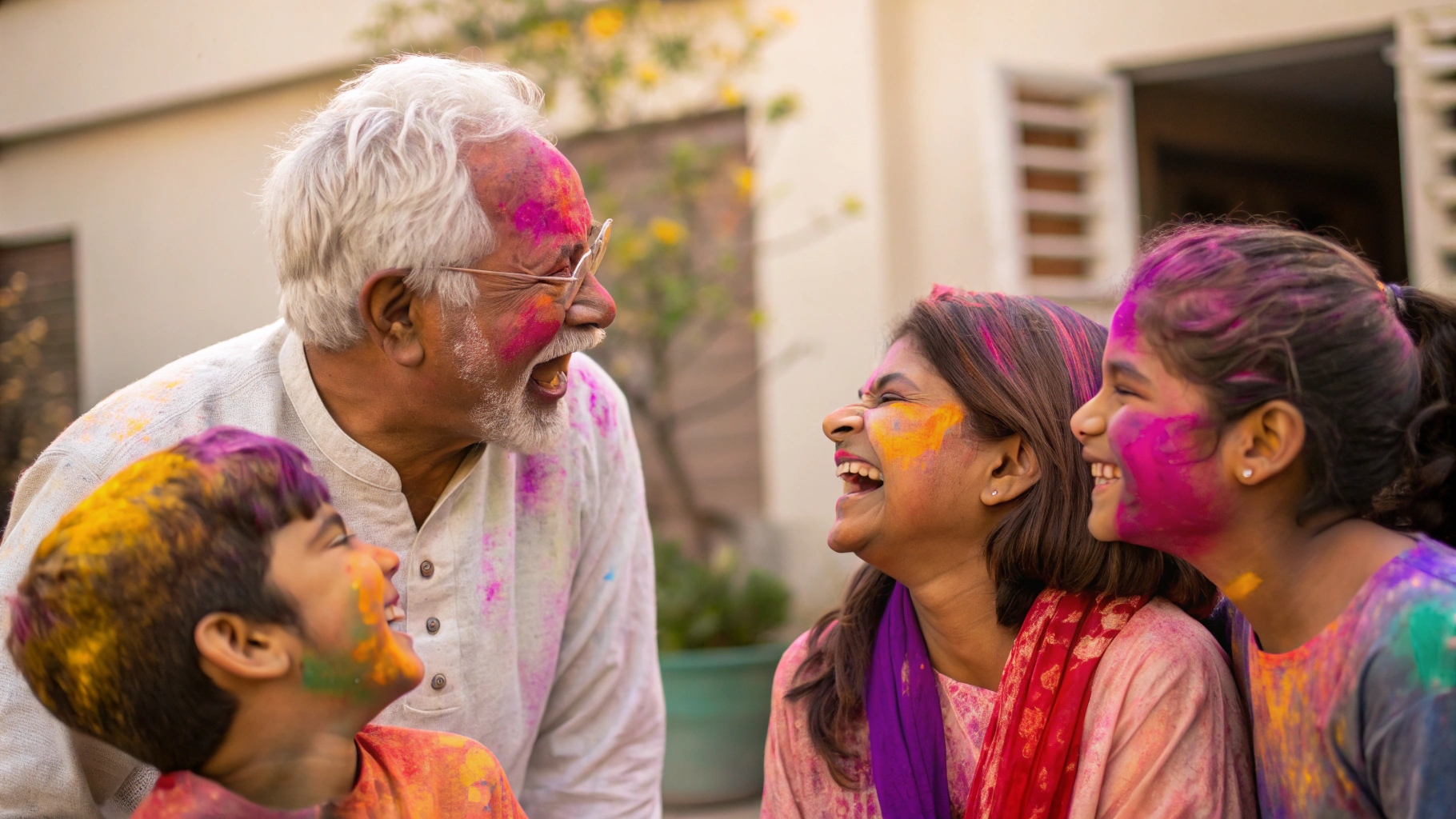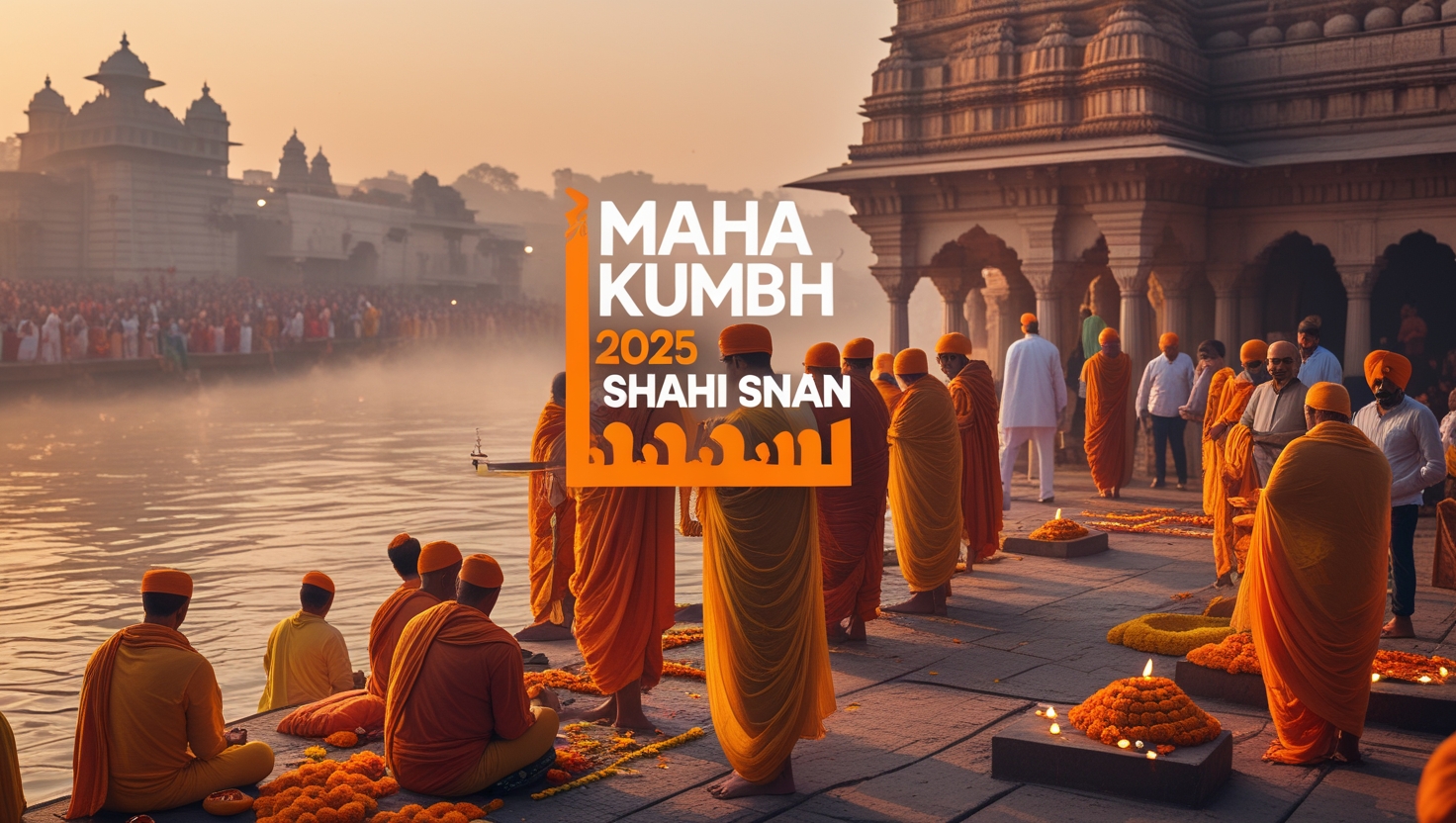Celebrate the festival of colors with perfect timing and authentic traditions
Holi, the festival that paints India in a riot of colors, is approaching once again. In 2025, this ancient celebration will continue its legacy of bringing people together, dissolving social barriers, and welcoming the vibrant spring season. As one of India’s most anticipated and joyous festivals, Holi represents the triumph of good over evil and celebrates the eternal love of Radha and Krishna.
Holi 2025 Dates and Timings
Holi 2025 will be celebrated on Friday, March 14, with Holika Dahan taking place on Thursday, March 13. The festival follows the lunar calendar, occurring on the full moon day (Purnima) of the Phalguna month.

Key Timings for Holi 2025:
- Holika Dahan: Thursday, March 13, 2025 (After 10:30 PM)
- Holika Dahan Shubh Muhurat: 11:27 PM onwards (after Bhadra Kaal ends)
- Purnima Tithi Begins: March 13, 2025 (Morning)
- Purnima Tithi Ends: March 14, 2025 (Morning)
- Rangwali Holi: Friday, March 14, 2025 (From sunrise onwards)
Note: The auspicious time for Holika Dahan is particularly limited this year, with only 47 minutes available during the most favorable period. However, the ritual can be performed throughout the night after the Bhadra Kaal ends.
Why Holi is Celebrated: The Mythological Significance
Holi is deeply rooted in Hindu mythology, with several legends explaining its origin and significance. These stories not only add depth to the celebrations but also impart valuable life lessons about devotion, love, and the triumph of good over evil.
The Legend of Prahlad and Holika
The most prominent story behind Holi celebrations is the legend of Prahlad and Holika. King Hiranyakashipu, who considered himself a god, was angered by his son Prahlad’s unwavering devotion to Lord Vishnu. After numerous failed attempts to kill Prahlad, the king enlisted his sister Holika, who had a boon that protected her from fire.
Holika sat in a blazing fire with Prahlad on her lap, but miraculously, Prahlad remained unharmed while Holika was consumed by the flames. Holika’s boon failed because it was meant to be used alone, not to harm others. This divine intervention demonstrated the power of true devotion and the protection offered to those who remain steadfast in their faith.
The Holika Dahan ritual commemorates this story, symbolizing the burning of evil and the triumph of good. When people gather around the bonfire on the eve of Holi, they are celebrating this victory of virtue over malevolence, of devotion over arrogance.
The Love Story of Radha and Krishna
Another beloved legend associated with Holi is the playful love between Radha and Lord Krishna. According to the story, a young Krishna, who had a dark blue complexion due to being poisoned by the demoness Putana, was jealous of Radha’s fair skin. Krishna complained to his mother Yashoda about this difference.
His mother, tired of his complaints, lovingly suggested that he apply color to Radha’s face to make her look like him. Krishna, mischievous by nature, took this suggestion to heart and playfully applied colors to Radha and other gopis (milkmaids). This playful act of applying colors has since become the characteristic feature of celebrations.
The tradition of playing with colors during Holi symbolizes the divine love between Radha and Krishna. It also represents breaking down social barriers as everyone, regardless of status, age, or gender, participates in the colorful revelry together.
The Defeat of Pootana
In some regions, Holi also commemorates the victory of Lord Krishna over the demoness Pootana, who was sent by King Kamsa to kill infant Krishna by poisoning him with her breast milk. Krishna not only survived but also sucked the life out of Pootana, defeating her evil intentions. This story further emphasizes the festival’s theme of good triumphing over evil.
Holika Dahan: The Sacred Night
Holika Dahan, also known as Chhoti Holi, marks the beginning of the festival. On this evening, people gather around a bonfire to perform sacred rituals that symbolize the victory of good over evil.
Holika Puja Process for 2025
For Holika Puja in 2025, follow these steps:
- Prepare the bonfire: Collect wood and cow dung cakes for the bonfire
- Auspicious timing: Perform the puja after 10:30 PM, ideally after 11:27 PM when Bhadra Kaal ends
- Puja materials: Gather roli (vermilion), flowers, garlands, water, coins, and gujiya (sweet dumplings)
- Puja process: Tie a sacred thread around the Holika structure, offer prayers, and perform parikrama (circumambulation)
- Avoid Rahu Kaal: Do not perform the puja during Rahu Kaal, which will be from 1:30 PM to 3:00 PM on March 13, 2025
Favorable Timing for Holika Puja
The most auspicious times for Holika Puja on March 13, 2025:
- 10:58 AM to 1:30 PM
- 3:27 PM to 6:25 PM
Remember to avoid Bhadra Kaal and Rahu Kaal during these times. The Holika Dahan should be performed after 11:27 PM when Bhadra Kaal ends completely.
Regional Celebrations Across India
This festival is celebrated with diverse traditions and customs across different regions of India, making it a truly pan-Indian festival with local flavors.
In the Braj region (Mathura, Vrindavan, Barsana), the birthplace of Lord Krishna, Holi celebrations are particularly exuberant and last for several days. The famous “Lathmar Holi” in Barsana involves women playfully beating men with sticks (lathis) as they try to shield themselves.
In Varanasi, Holi is celebrated with classical music and cultural synthesis. West Bengal celebrates “Dol Jatra” with singing and the swinging of idols of Radha and Krishna. Maharashtra knows it as “Rangapanchami,” celebrated five days after Holika Dahan. In Punjab, Holi coincides with “Hola Mohalla,” featuring martial arts displays and poetry.
Traditional Holi Foods and Recipes
No Holi celebration is complete without a feast of traditional foods that add to the festive spirit. Gujiya (sweet dumplings filled with khoya and nuts) is a must-have during Holi. Thandai, a cooling milk-based drink with nuts and spices, is a traditional beverage. Other favorites include malpua (sweet pancakes), dahi bhalla (lentil dumplings in yogurt), and crispy pakoras.

Eco-Friendly Holi Celebration Tips
As environmental awareness grows, many people are opting for eco-friendly Holi celebrations. Use natural colors made from flowers, fruits, and vegetables instead of synthetic ones. Conserve water by celebrating a “dry Holi” or using minimal water. Choose biodegradable materials for plates and decorations, and opt for plant-based gulal that’s safe for skin and environmentally friendly.
Holi Safety Guidelines
While Holi is a time for uninhibited joy, it’s important to celebrate safely. Apply oil or moisturizer to your skin and hair before playing with colors for protection. Wear sunglasses to protect your eyes and avoid rubbing them during celebrations. Always respect others’ boundaries and obtain consent before applying colors to someone. Stay hydrated throughout the day and avoid harmful substances like industrial dyes or silver/gold colors.
Holi Around the World
Holi has transcended its Indian origins to become a global phenomenon. Major cities in the United States, United Kingdom, and Australia host Holi festivals that attract thousands of participants. In Nepal, Holi is celebrated with great enthusiasm, especially in the Kathmandu Valley, with celebrations lasting a week. The festival has found resonance with people across cultures who appreciate its message of unity, renewal, and joy.
Spiritual Significance of Holi
Beyond the colorful festivities, Holi carries profound spiritual significance. It marks the end of winter and the arrival of spring, symbolizing new beginnings and the rejuvenation of nature. The burning of Holika represents the purification of the soul and the destruction of inner evils like pride, jealousy, and hatred.
The playing with colors signifies breaking down social hierarchies and fostering unity. During Holi, everyone—rich and poor, young and old, men and women, upper and lower castes—comes together as equals, covered in the same colors. This breaking of social barriers, even if temporarily, reinforces the Hindu concept of “Vasudhaiva Kutumbakam” (the world is one family).

The festival also encourages forgiveness and the mending of broken relationships. The phrase “Bura Na Mano, Holi Hai” (Don’t feel offended, it’s Holi) encapsulates this spirit of letting go of past grievances and embracing harmony.
Conclusion
Holi 2025 promises to be a vibrant celebration of color, joy, and cultural heritage. As you prepare for Holi, remember that beyond the colors and festivities lies a deeper meaning – the celebration of the triumph of good over evil, the eternal love of Radha and Krishna, the welcoming of spring, and the strengthening of community bonds.
The legends of Prahlad-Holika and Radha-Krishna continue to inspire millions, reminding us of the power of devotion and the beauty of divine love. Whether you’re celebrating the victory of Prahlad’s faith, Krishna’s playful romance with Radha, or simply the arrival of spring, Holi offers something meaningful to everyone.
May this colors bring happiness, prosperity, and peace to your life. Let this Holi be a time of healing, reconciliation, and pure, unadulterated joy. Happy Holi!


